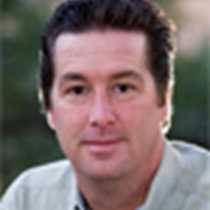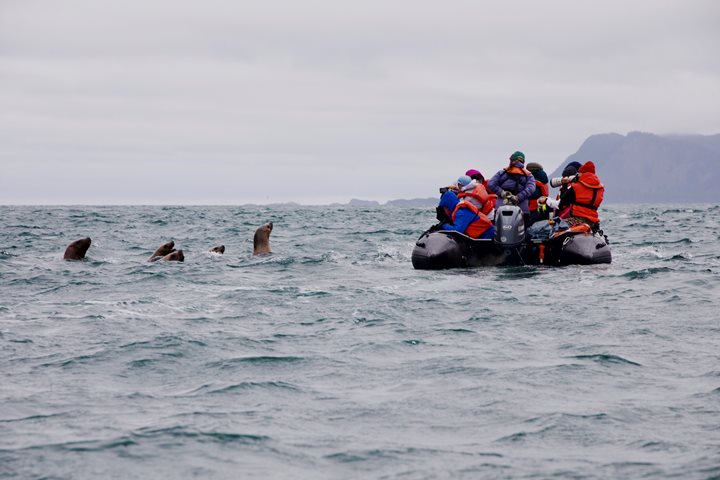Queen Charlotte City on Haida Gwaii was aglow with the first light of the day as National Geographic Sea Bird approached the dock. We boarded our motor coaches and headed north on Graham Island to the Haida village of Old Massett for a full day of cultural adventures. During our journey to the village, we followed water on one side or the other of the road since everywhere on this island is close to the ocean, inlets, or lakes. Water is an integral component of the Haida culture as we observed communities full of boats and an abundance of fresh local seafood.
Our first stop, we were invited into Jim Hart’s house overlooking Massett Harbor to meet his extended family in a humble handbuilt wood house filled with many works of art in progress in every medium imaginable. Jim’s passion for his art and heritage was obvious as he introduced his family and explained some of his carvings with detail. He belongs to the Hereditary Chiefs Council of the Haida Nation and is a primary figure in gaining autonomy for Haida Gwaii and his people. Outside the Hart’s residence, his totem poles and other wood projects are exposed to the elements of this saturated island. The calming smell of red cedar permeated the air as we walked upon layers and layers of shaving from decades of passionate carving. Well-worn hand adze with razor sharp edges rested on his projects in various forms of completion. This age old L-shaped design of the adze evolved for efficiency and if swung properly, the tool bounces back after removing a constant size shaving of cedar from the pole. Jim hart is currently working on a memorial box for his late sister and several totem poles including one commissioned by the Canadian Canuck hockey team.
Our next stop was at Christian White’s impressive longhouse and carving shed full of Haida art including several wooden canoes, cedar paddles, and a very large totem pole that extended the length of his shed. Like Jim, Christian has dedicated much of his life to reviving the art of canoe carving and keeping his cultural arts alive through song, dance, and working with the Haida youth. He built the longhouse that we visited which has been the setting of many important meetings helping to create the nation of Haida Gwaii. After some poignant stories and songs about his lineage, Christian and his family treated us to several dances with drumming including a welcoming and paddling song plus a women’s and men’s dance where the guests were invited on the floor to partake. The most moving song was created as a memorial for his father followed by an incredible feast of local and traditional food including razor clams, sea bass, salmon, sea asparagus, and Indian ice cream.
The people of Haida Gwaii exemplify the passion it takes to preserve their cultural heritage, protect island ecology, and revive lost art forms. It was an absolute treat to see this dedication in the eyes and hearts of the Haida People.







